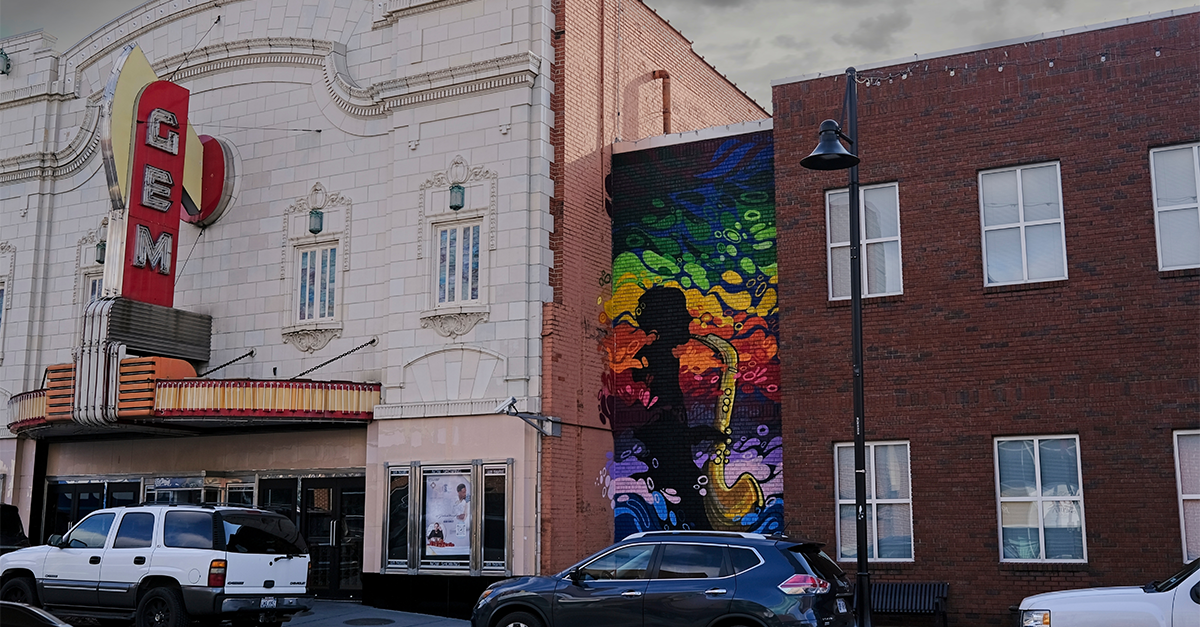
The Third District of Kansas City, Missouri, has long been a hub for Black history and culture and has recently passed housing and workforce policies that show promise for advancing residents’ upward mobility. Yet compared with other Kansas City neighborhoods, disproportionate shares of Third District residents do not have a high school degree and live on fixed incomes. In addition, nearly every school in the district qualifies as a Title I school owing to a large number of students living in poverty.
This case study documents how Kansas City’s Third District gathered and analyzed data from within the community to understand and address these challenges, as part of Urban’s Mobility Action Learning Network. It offers insights for local leaders interested in engaging their communities to understand and improve conditions for upward mobility.
The Goal
With support from the network, the Kansas City Mobility Action Team (MAT) wanted to use local data to understand why residents in the Third District were less likely to earn a high school degree and what opportunities for income existed for them. They sought to consolidate existing local data in these domains, identify data gaps and establish a plan to fill them, and directly involve District Three residents in data analysis.
How They Did It
Using Mobility Metrics data and a community survey to assess conditions for upward mobility. Kansas City’s Mobility Metrics show the city lags peer communities in four key areas of support needed for upward mobility: opportunities for income, school economic diversity, housing stability, and financial security. To understand how these challenges manifest in the Third District, the team developed and distributed a community survey to residents.
Sharing data with the community for feedback. After fielding its community survey, the KC MAT still wanted additional context about residents’ challenges and opportunities, so it hosted a data interactive at a neighborhood convention, featuring data from both the Mobility Metrics and the community survey. Local experts guided residents through the data and solicited their interpretations and insights.
Advancing community-informed policy recommendations. The data interactive was immediately followed by a solutions brainstorm and a solutions town hall, where residents reflected on the data and identified solutions. A member of the KC MAT then read the solutions to three senior Kansas City officials during a panel discussion with the residents, where they assessed the feasibility of the proposals and their alignment with existing initiatives. Attorneys from the city took note of residents’ policy proposals and began drafting legislation to advance them.
Through a recent two-year $500,000 investment from the City, the policy recommendations raised at the convention are being used to inform an initial set of strategies to boost upward mobility in the Third District.
Lessons Learned
Quantitative data can offer a strong starting point for understanding mobility conditions, but qualitative data are needed too. Developing a local survey and hosting community engagement activities aid in understanding residents’ experiences and priorities, which can be hard to glean from datasets alone.
Residents can engage with data, even if they’re not data experts. At the neighborhood convention, the KC MAT asked residents to provide feedback on quantitative data by asking three simple questions: What resonates with you about this data? What does not resonate with you or conflicts with what you see in your community? What other context needs to be included to help make this information make sense? These questions allow residents to easily engage with and add valuable context to numeric data.
Determine when you have enough data to move forward, then move forward. Perpetually collecting data without acting on it can do more harm than good. Asking, “Do we have enough data to move forward and remain action oriented?” can help ensure local initiatives make progress toward stated goals.